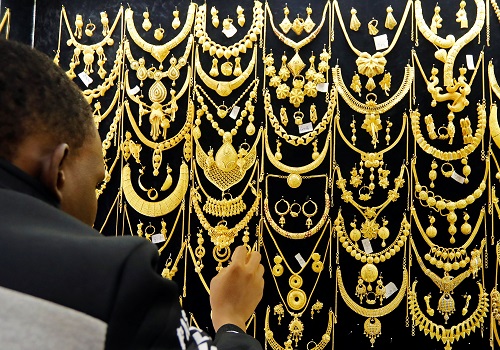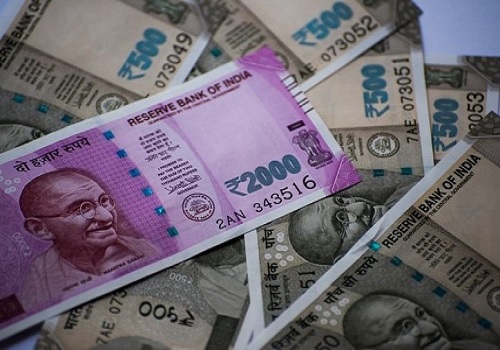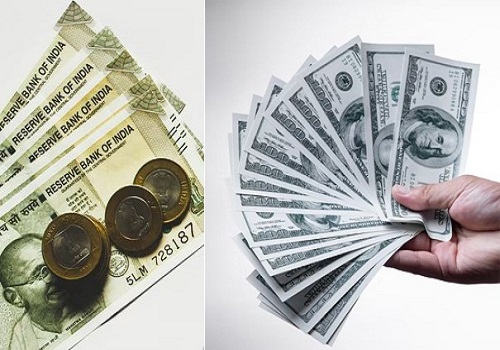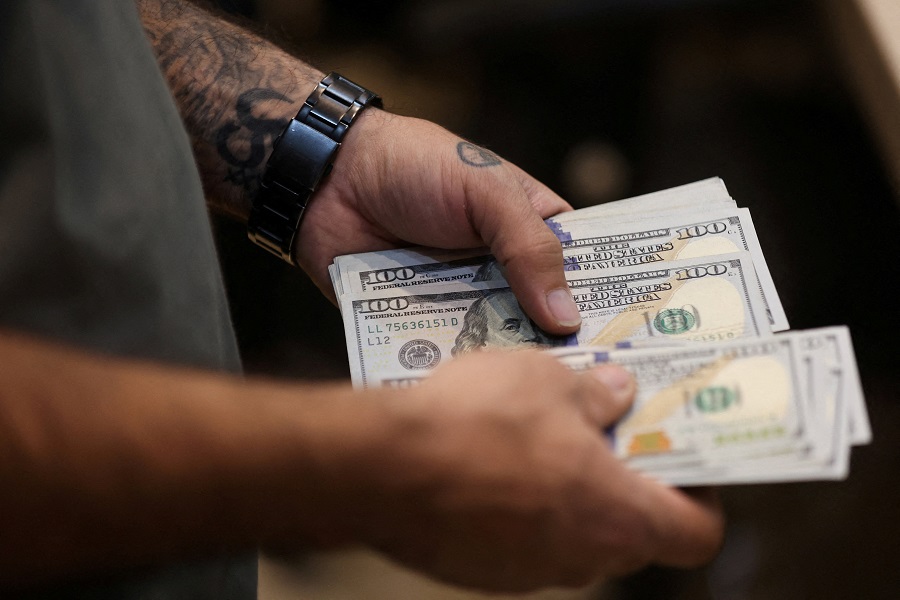Indian Rupee Likely to Trade with Weakening Bias Amidst Losses in Asian Peers and Subdued Portfolio Flows by Amit Gupta, Kedia Advisory

In the dynamic currency landscape, the Indian rupee treads cautiously with a subtle weakening bias amidst losses in Asian currencies and heightened rate cut expectations. Despite substantial inflows in December and the Indian economy's resilience, the rupee maintains stability, encapsulated in a technical struggle within the USD/INR trading band.
Highlights
Rupee's Weakening Bias: The Indian rupee is expected to trade with a slight weakening bias, influenced by losses in Asian currencies and subdued portfolio flows.
NDF Indicators: Non-deliverable forwards suggest a marginal opening dip against the U.S. dollar compared to the previous day's close at 83.2375.
Global Currency Trends: The dollar index edges up, and Asian currencies, particularly the Korean won, show broad declines.
Inflows into India: December witnesses increased inflows into Indian equities and bonds, reaching $8 billion and $2 billion, respectively, the highest monthly tally in 2023. Despite this, the rupee remains nearly unchanged month-on-month.
Central Bank Intervention: The Indian central bank's regular intervention keeps the rupee in a narrow range, minimizing volatility.
U.S. Economic Focus: Investors shift focus to a week filled with key U.S. economic data, including job openings and nonfarm payrolls. Minutes from the December Fed meeting, along with data releases, will provide insights into rate cut expectations.
Rate Cut Expectations: Investors have priced in six Fed rate cuts for the upcoming year.
Indian Economy Resilience: The Financial Stability Report emphasizes India's resilient economy, supported by robust macroeconomic fundamentals, stable financial institutions, moderate inflation, and an improving external sector. RBI Governor Das affirms India's status as one of the fastest-growing major economies.
GDP Growth Forecast: Fitch Ratings forecasts India as the world’s fastest-growing country, anticipating a resilient GDP growth of 6.5% during fiscal 2024–25.
Current Account Deficit: India's current account deficit narrows to $8.3 billion in the second quarter of 2023–24.
USD/INR Technical Analysis:
USD/INR remains within a multi-month-old trading band (82.80–83.40). The 100-period EMA provides support, but the RSI below 50.0 suggests potential downside. Key support at 83.00, followed by 82.80 and 82.60. Initial barrier at 83.40, followed by the YTD high of 83.47 and the psychological mark of 84.00.
Conclusion
As investors eye U.S. economic data and Federal Reserve minutes, the rupee's path unfolds against a backdrop of global economic shifts. India's robust growth forecast and the Financial Stability Report's positive outlook provide a strong foundation, even as technical indicators hint at potential currency adjustments. The coming weeks will reveal whether the rupee remains steadfast amid economic currents or experiences shifts dictated by global market forces and domestic monetary policies.
Above views are of the author and not of the website kindly read disclaimer
























